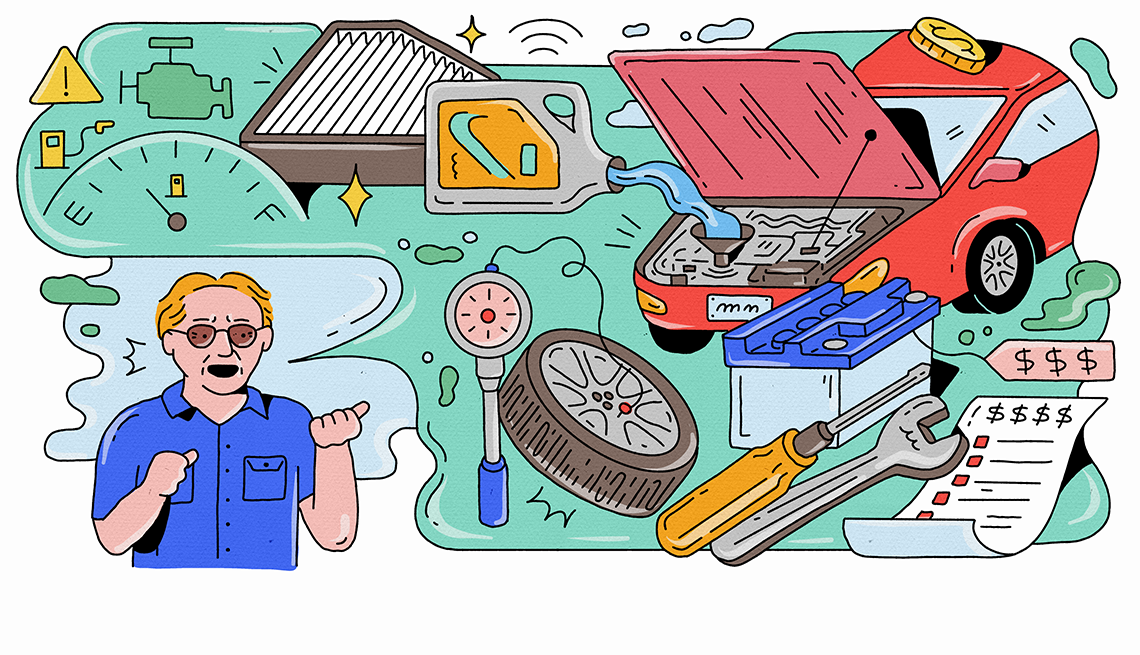AARP Hearing Center


Unless you grew up working on cars, knowing the ins and outs of proper car maintenance can feel overwhelming. Even worse, finding a mechanic who will steer you straight can sometimes seem like a gamble, particularly for older adults who are frequent victims of auto-repair scams.
Scotty Kilmer, a practicing mechanic for more than 57 years, has netted over 2.9 billion views on his popular YouTube channel, which features candid insider tips and tricks for better car maintenance. Here, he offers a few of his top secrets to automotive upkeep — delivered in his trademark, straight-shooting style.
Be wary of service upsells
I bought a tire the other day at a local shop. They knew who I was, so they didn't try to sell me anything else. But they told the guy in front of me that he needed a new $250 battery and a $250 tire alignment. It was clear they tend to tell everyone that. If you go in for a simple service and they tell you, "we need to clean your fuel injectors, we need to do this, that and everything else," and they're trying to charge anywhere between $500 and $2,000 but your car runs perfectly fine, you should be leery.
Pass on the tire alignment
Alignments, in particular, are one of the most oversold things. If you're going down the road at highway speeds and your car doesn't pull one way or the other, and it doesn't shake at high speeds, and your tires aren't wearing unevenly, then you don't need an alignment. Generally speaking and under normal conditions, your vehicle only needs an alignment every 12,000 to 15,000 miles.
Tend to your engine every 5,000 miles
Make a point to change the engine oil and engine filter, and do it every 5,000 miles or at least once a year, using full synthetic oil and a high-quality oil filter. A lot of companies are telling people they can wait to change the oil every 10,000 miles, and that's a load of baloney. Waiting that long can wear the engine out, so those cars end up burning oil when they get to 80,000 or 90,000 miles.































.jpg?crop=true&anchor=13,195&q=80&color=ffffffff&u=lywnjt&w=2008&h=1154)






























You Might Also Like
Great Sports Cars for Older Drivers
Getting in and out of a two-seater can be just as important as how fast it will go
How to Keep Your Car Running
Our AARP Smart Guide to Car Maintenance will save you time and money
He Collects Classic Cars ‘With Personality’
How Lenny Shiller amassed a stunning vintage automotive collection